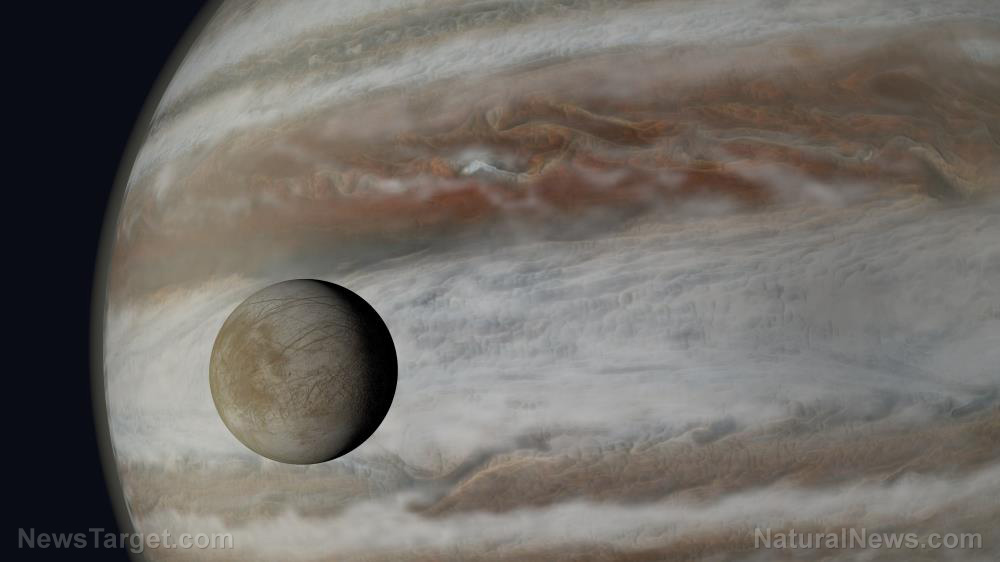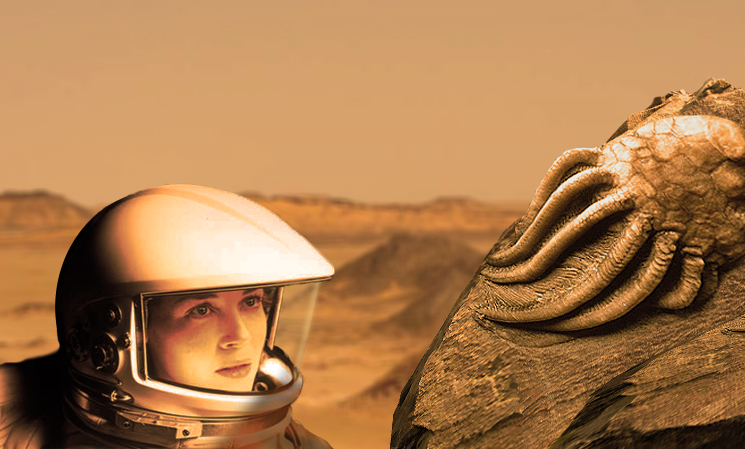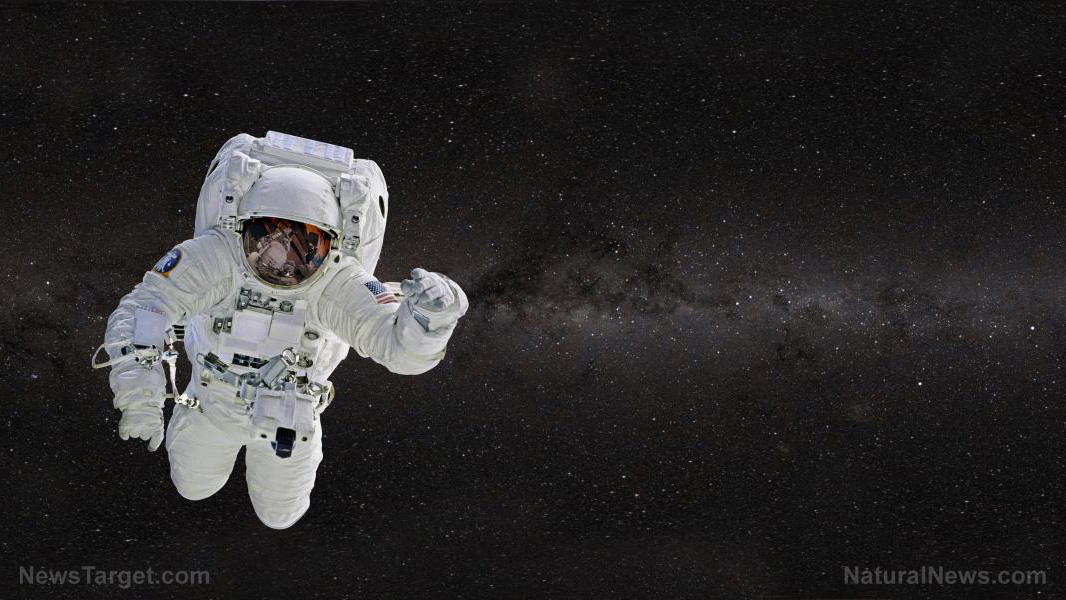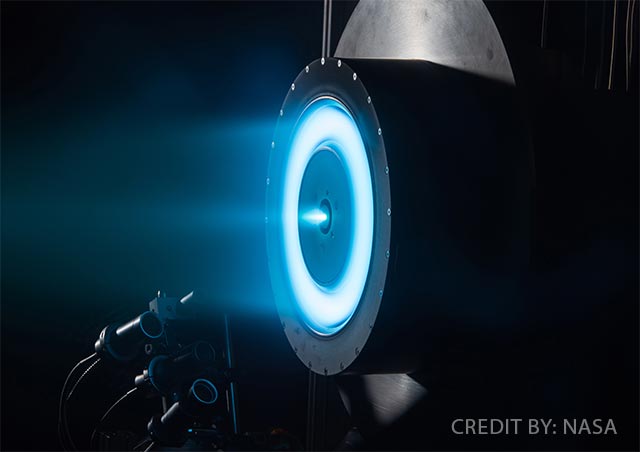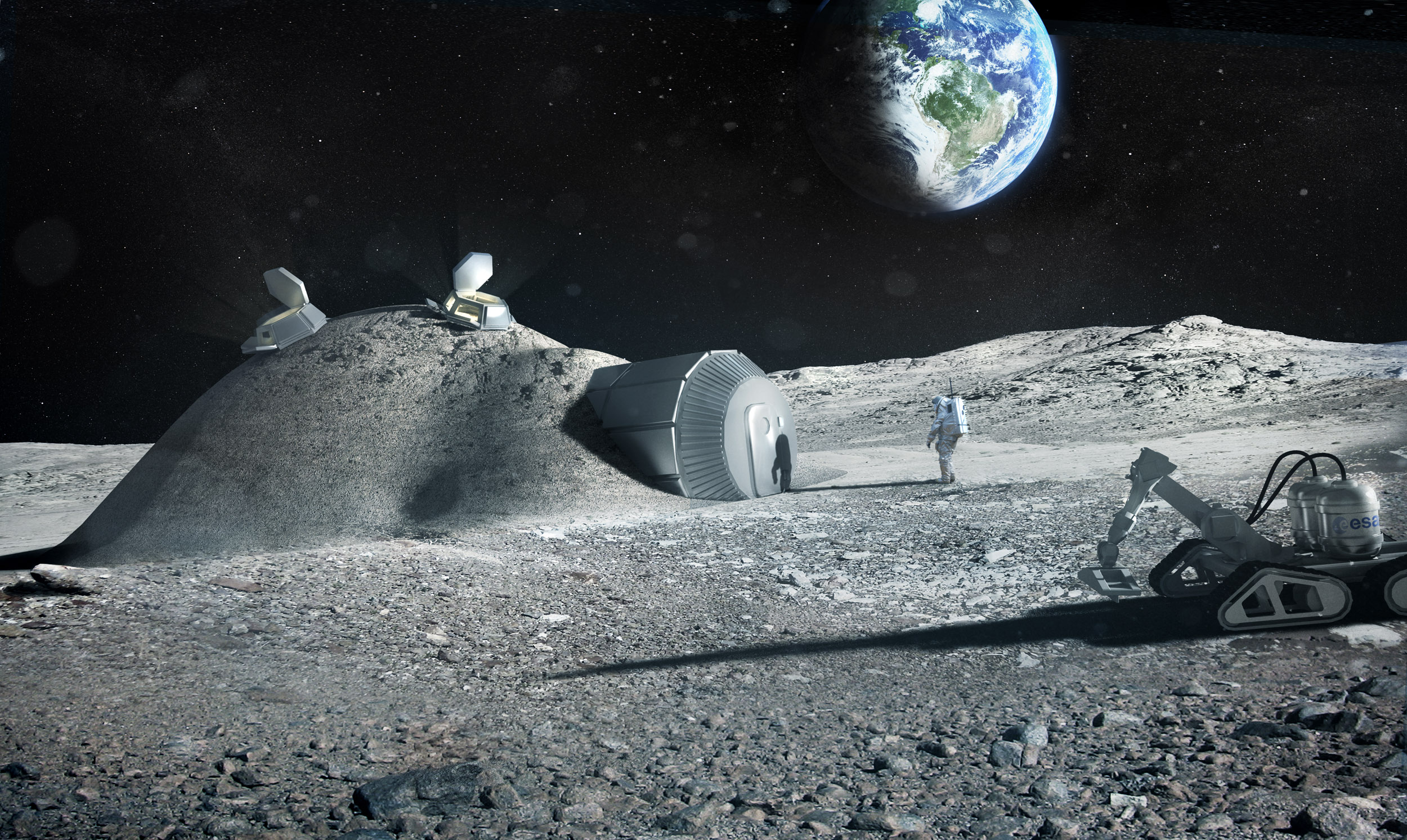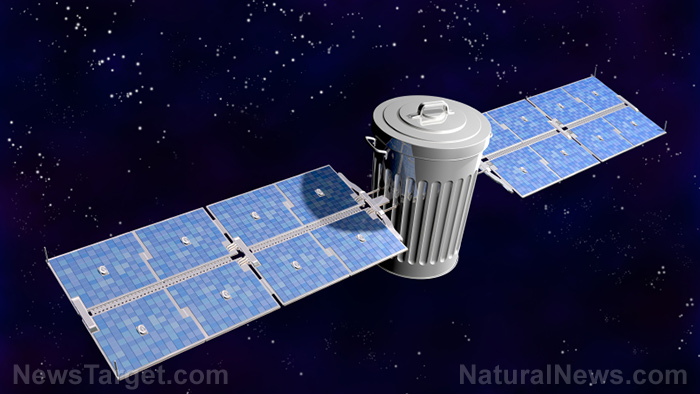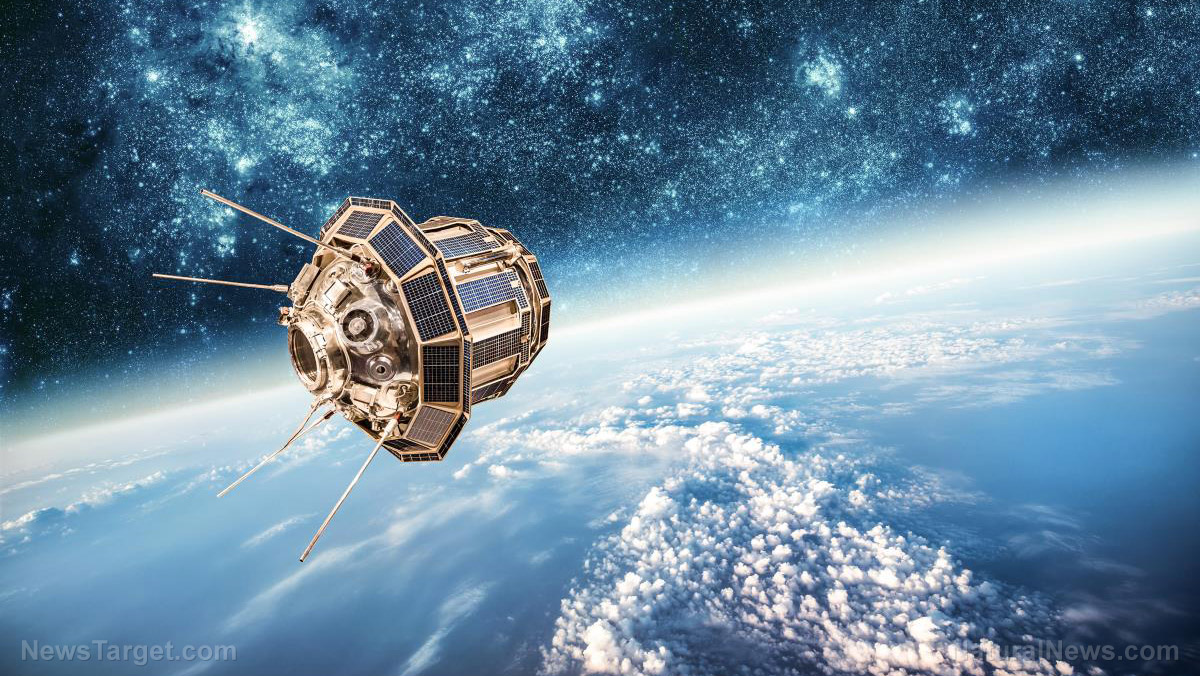NASA’s past missions helping future become reality: Project Mercury paved the way for planned commercial human space exploration
05/02/2018 / By David Williams

The U.S. was among the first countries in the world to conduct any real space missions. In fact, the National Aeronautics and Space Administration (NASA) has been active for a few decades now, and ever since the earliest space missions, they’ve been taking notes, gathering information, and analyzing data. Throughout all these years, the space agency has made sure to carefully note everything that is potentially significant for the benefit of future space missions. Now, with the announcement of details from Project Mercury, it has become clear exactly how helpful NASA’s data and information can be.
Project Mercury is said to be the first U.S. “human-in-space” program, and it ran its course from 1961 through 1963. During that time, a total of six astronauts were tasked with carrying out one-person space flights that allowed physicians and scientists to observe first-hand how living in space could affect the human body and its many natural processes.
All of Project Mercury’s space flights were successful, and the astronauts that carried out the missions went on to lead relatively normal lives afterwards. The astronauts, for reference, were highly-trained military test pilots who were on active duty, and got the opportunity to work for NASA by volunteering for their missions.
The astronauts were said to be aged between 35 and 40 years old at the time of their flights, and had to be no taller than 5 feet 11 inches due to the limited amount of space inside the space capsules. (Related: How space flight makes you flighty: A look at how weightlessness changes astronauts’ brains.)
According to Dr. Virginia Wotring, an associate professor of the Center for Space Medicine and Pharmacology and Chemical Biology at Baylor College of Medicine, and a corresponding author on a study based on Project Mercury, the importance of recorded data from previous space missions can’t be overstated. “Spaceflight data is hard to come by; we should remember what’s already been done,” she said, “so we can make the most of new opportunities to do human research in space.”
In terms of what they subjected themselves to during their space flights, it was completely mission-dependent. Some flights were either sub-orbital or simply in a low-orbit path, lasting anywhere between 15 minutes to 34 hours in total. On their flights, the astronauts had to wear 20-pound spacesuits which were designed to back up the space capsule’s support system, while also being restrained with a harness in a semi-supine position when doing pretty much anything.
Some common clinical measures, like body temperature, breathing rate, and heart rate were taken in order to monitor the mental condition of the astronauts. Scientists and physicians knew very little about human tolerance in sustained weightless environments such as space back then, so the first flights gave tremendous amounts of insight that can be used for future short-term space flights.
“The Mercury missions taught us that human beings could function in the space environments for more than a day. Other findings were that heart rate and the weight loss on early space flight missions related more to time spent in a space suit, as opposed to time spent in weightlessness,” Wotring said. She also added that the “dress rehearsals” which were conducted here on Earth went a long way towards showing what to expect during actual flights and missions to space.
The findings from Project Mercury are being released now in the hopes that they can benefit future commercial space flights, which are expected to be similarly short in duration. Since these flights would be transporting humans to space and will have relatively short durations, the information that’s available through Project Mercury could prove highly valuable to ensure everyone’s safety and security. In short, it’s intended for those who go on commercial space flights in the future to not have to worry about anything but appreciating their wondrous experience of going to space.
Read more about commercial space flights at Space.news.
Sources include:
Tagged Under: astronauts, commercial space flights, document records, future tech, learning from history, manned space flights, NASA, Project Mercury, research, Space, space agency, space exploration, space flights, space missions, space travel

